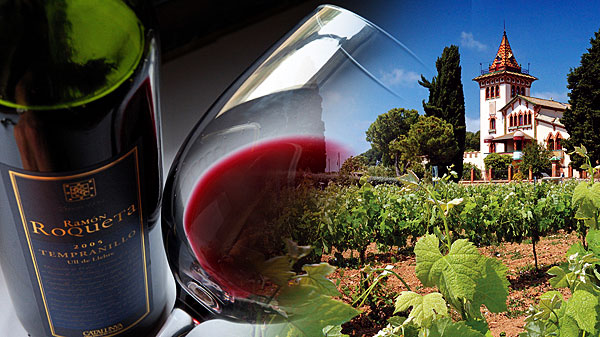Although the Cabernet Sauvignons of Bordeaux and the Pinot Noirs of Burgundy dominate the red wine market, there are countless other ruby grape varietals that more than hold their own when it comes to packing in well-structured, full-bodied flavours. One in particular that has long enjoyed popularity in Europe and is gaining traction throughout the rest of the world is the Tempranillo grape from Spain.

Tempranillo gets its name from the Spanish word ‘temprano’, no doubt an epithet derived from the fact that it ripens considerably earlier than its brethren, such as garnacha and mazuelo. Its pedigree, too, is beyond question, with the first official mention dating back to 1807. However, its roots run far deeper, with many experts believing it to have been first introduced to the Iberian Peninsula some three millennia ago by Phoenician merchants trading along the Mediterranean Sea.

Until the ’90s, though, its traditional ageing process – years of encasement in vanilla-scented American oak barrels – saw its true potential obscured by a strong woody aroma. Thankfully, serious producers have since shifted to the long-favoured French oak, allowing its full character to shine through.

Today, Tempranillo remains the dominant red grape in Rioja, Spain’s most famous wine-producing region, and represents over 20 percent of all wine produced in the country. Given that Spain is the third-largest producer of wine and also boasts the largest acreage of vineyards in the world, that’s a considerable amount of tipple indeed.

Broadly speaking, Tempranillos are known for their notes of leather and tobacco, very much calling to mind the strong structure of Bordeaux’s beloved Cabernet Sauvignons. What is more interesting, though, is how much its flavours evolve over time. When young, it is wholly easy-drinking and replete with fresh fruity notes. With oak and age, however, come layers of savoury complexity that can rival the world’s finest wines.

Interestingly, a genetic fluke in the vines has also yielded a rare white mutation of Tempranillo called Tempranillo Blanco. While its growth cycle is similar to its scarlet counterpart, the white wine it produces has distinct tropical-fruity flavours instead.

Beyond these classic iterations, Tempranillo has also long been co-opted by neighbouring Portugal – where it is known as Tinto Roriz – to produce the country’s beloved ports. Crafted in conjunction with other grape varietals, such as Tinto Cao and Touriga, its rich intensity gifts port with solid acidity, deep hues and strong tannins. It is precisely this flexibility and full-of-character flair that see the Spanish grape garner such favour across the globe, guaranteeing that when it comes to Tempranillo, temperance is all but impossible.
Text: Tenzing Thondup



